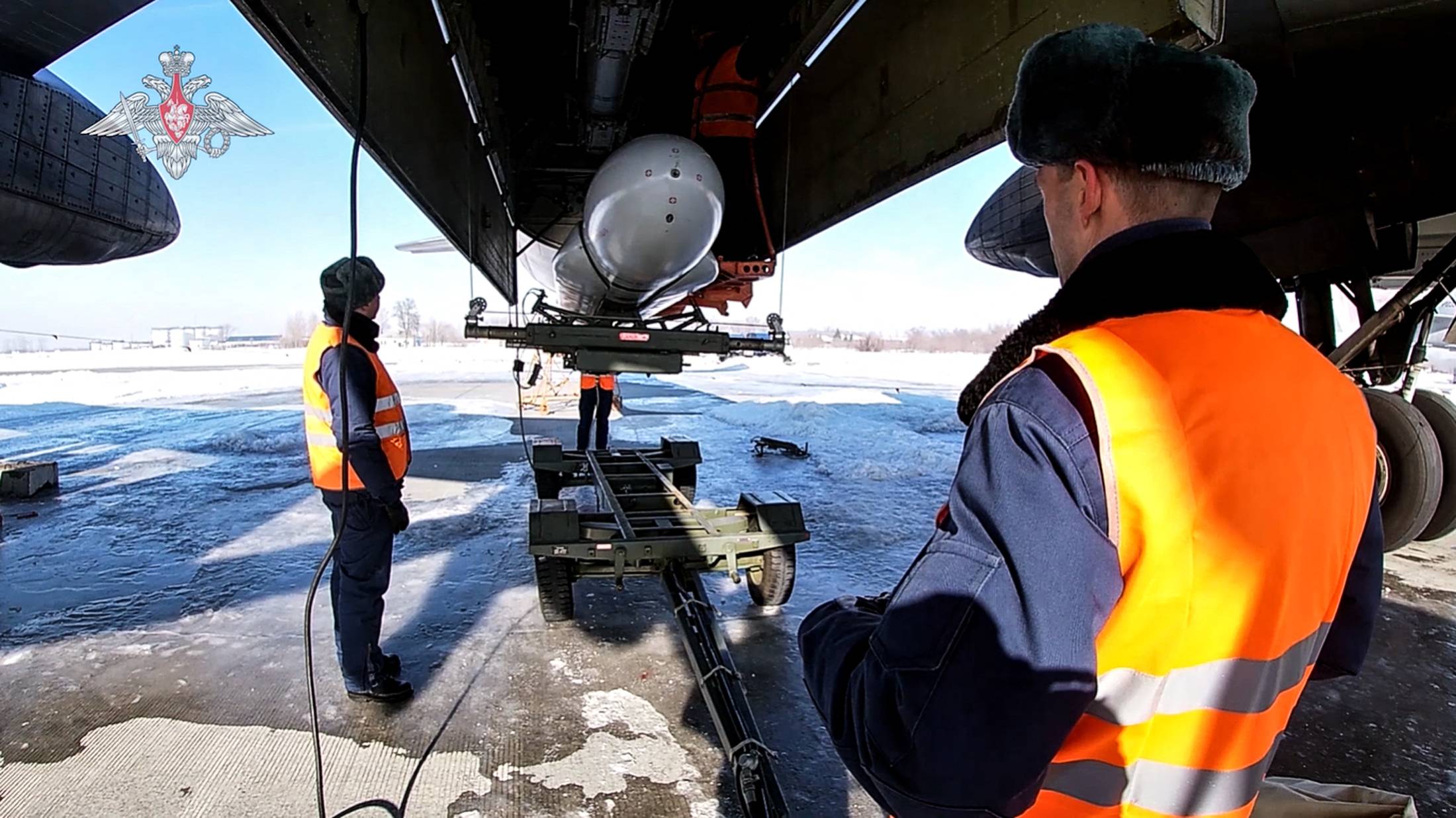The invasion of Ukraine has raised concerns across East Asia about future Russian military activity.
While Tokyo may think first about the Sea of Okhotsk and four disputed islands off Hokkaido that are occupied by Russia and claimed by Japan, the governments of Japan and its neighbors are now pondering what further cooperation between Russia and China could mean for the region. For much of the 20th century, Russia’s military presence in the Far East was minor compared to its Europe-facing flank. But that has changed over the past few years.



















With your current subscription plan you can comment on stories. However, before writing your first comment, please create a display name in the Profile section of your subscriber account page.